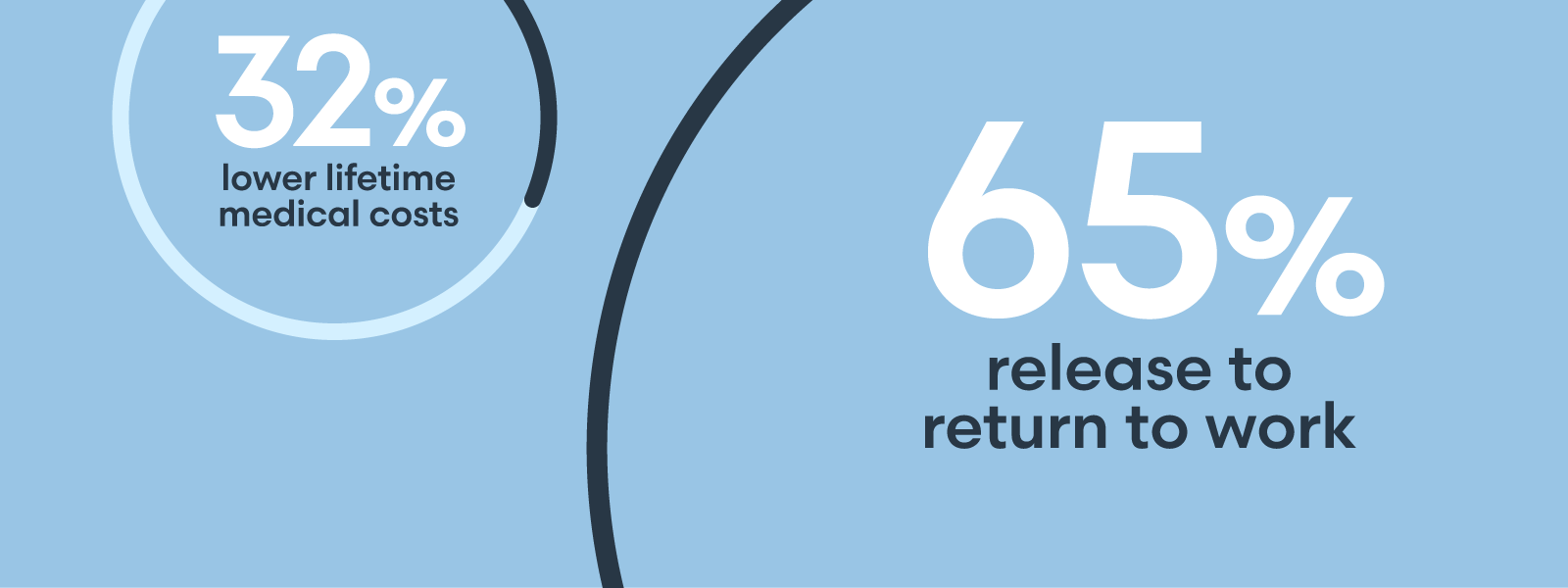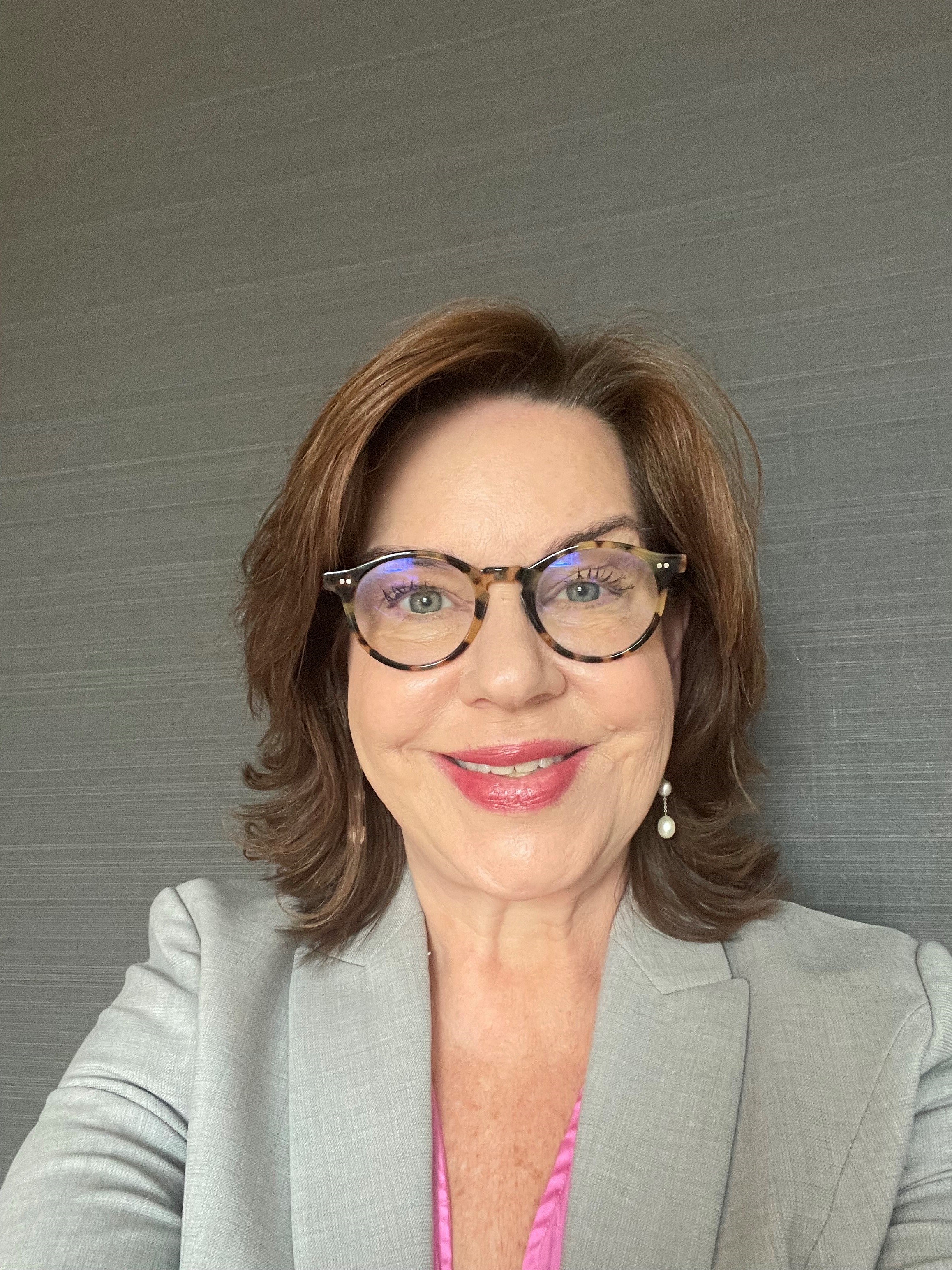
As construction project values rise, so are risks
Surety remains a trusted source of certainty amid global volatility

As the value of construction projects has increased, so have risks for project owners and contractors. It’s not uncommon today to find commercial building and infrastructure projects topping $2 billion. Layer in the uncertainty of economic conditions, supply chain stresses, labor challenges, and evolving project delivery methods, and the risk picture becomes even more complex. For these and other reasons, surety has remained an important and trusted source of protection. From federal laws such as the Infrastructure Investment & Jobs Act, to broad societal trends and preferences following the global pandemic, the construction industry’s prospects in the near term are mixed. With growth opportunities on one hand, and lingering operational challenges on the other, risk management has taken on even more importance. The total value of construction starts in 2024 is forecast to exceed $1.20 trillion, a 7% increase from 2023, according to the Engineering News-Record. The largest increases in types of starts in 2024 include: highways and bridges, up 23% from 2023; hotels and motels, up 17%; manufacturing, 16%; multifamily housing, 14%; residential, 11%; and environmental public works, up 10%. Despite the growth forecast, concerns abound for construction contractors. The Associated General Contractors of America’s 2024 outlook survey found most contractors have major concerns about the businesses’ prospects. The top concerns cited in AGC’s survey included: Rising interest rates/financing costs, cited by 64% Insufficient supply of workers or subcontractors, 63% Economic slowdown/recession, 62% Direct labor costs (pay, benefits, taxes), 58% Worker quality, 56% In addition, “contractors continue to be concerned about workforce shortages and their impacts on construction prices and schedules. And they continue to see projects being delayed – sometimes indefinitely – because of rising costs, slower schedules, and shrinking demand for the finished products,” the AGC noted. Surety bonds play a valuable role in both public and private construction projects. Data collected by the Surety & Fidelity Association of America (SFAA) shows that bonded projects have multiple advantages over those that do not utilize sureties. These advantages include: Lower rate or likelihood of default. The SFAA analysis found unbonded construction projects may be up to 10 times as likely to default as those protected by surety bonds. Lower cost of completion upon default. If a contractor does default, unbonded projects may cost 85% more to complete than bonded ones. In addition, sureties are typically able to provide the expertise and resources needed to transition to another contractor to complete the project. Greater timeliness of completion. Public and private projects are 5 times more likely to finish on time than unbonded projects, the SFAA found. Greater project oversight. Bonded projects tend to have more involvement by construction managers and oversight than unbonded ones, which can help reduce the risk of default and control expenses. A trend in private construction projects that is becoming more common in public projects is the use of alternate project delivery, and some new twists on the traditional design-build delivery model. “Progressive design-build,” or PDB, is a relatively new approach that increases collaboration early on in a project between owners and design-build firms. PDB seeks to first define the project’s design and program elements, and “progresses” toward final cost and scheduling. A common procurement method in traditional design-build project delivery is the “best-value” approach, which evaluates qualifications, schedule, and performance-based criteria in addition to price so the lowest bidder may or may not be selected in the proposal process. PDB procurement bifurcates contractor selection and project pricing, enabling project owners and contractors to first reach agreement on the specifics of the project design. Regardless of market conditions and trends, a knowledgeable and strong surety partner will provide peace of mind and preserve contractors’ growth opportunities. How should contractors choose a good surety partner? Construction firms should look for several characteristics, including: Collaboration. A good surety will listen and ask questions, to fully understand the customer’s priorities and seek to work together to find solutions. Culture. Good surety partners have a customer-focused team that is passionate about and committed to serving construction businesses. Strength. More is more when it comes to financial capacity, and with project sizes increasing, a good surety will have plenty of capacity to serve its customers’ protection needs. Berkshire Hathaway Specialty Insurance Company maintains a financial strength rating of A++ from AM Best Company and AA+ from Standard & Poor’s, the highest ratings in the industry. In addition, the Berkshire Hathaway group of insurance companies have Treasury Listing underwriting capacity exceeding $23 billion. Innovation. A solutions-oriented approach to surety bonds, from underwriting to product development to claims management, that simplifies the surety process, is particularly valuable to contractors. Finally, the best relationships in surety are those built for the long term, in which the interests of surety and customer are better aligned. For more information about surety solutions and resources, please visit www.bhspecialty.com. Geoff Delisio is Senior Vice President and Global Head of Surety and Subcontractor Default Insurance at Berkshire Hathaway Specialty Insurance. During his career, he has held executive leadership positions in surety for other global insurance organizations. Before entering the insurance industry, he was a civil engineer. Courtney Turnage is Senior Vice President and Head of U.S. Contract Surety at Berkshire Hathaway Specialty Insurance. She joined BHSI in 2014 as Vice President of Surety Underwriting. During her more than 30-year career in surety, she has held various roles, including underwriting, underwriting consulting and claims. She is an attorney and previously served as surety claims counsel.
Relying on surety
Choosing a surety partner


Lorem ipsum dolor sit amet, consectetur adipisicing elit, sed do eiusmod tempor incididunt ut labore et dolore magna aliqua. Ut enim ad minim veniam, quis nostrud exercitation ullamco laboris nisi ut.
Lorem ipsum dolor sit amet, consectetur adipisicing, sed do eiusmod tempor incididunt ut labore et dolore magna aliqua. Ut enim ad minim veniam, quis nostrud exercitation ullamco laboris nisi ut. Ut ad minim veniam.
Vestibulum ante ipsum primis in faucibus orci luctus etel ultrices posuere cubilia Curae.
Lorem ipsum dolor sit amet, consectetur adipisicing elit, sed do eiusmod tempor incididunt ut labore et dolore magna aliqua. Ut enim ad minim veniam, quis nostrud exercitation ullamco laboris nisi ut.
Sed ut perspiciatis unde omnis iste natus error sit voluptatem!
Nemo enim ipsam voluptatem quia voluptas sit odit aut fugit!
Ut enim ad minima veniam, quis nostrum exercitationem ullam!

"Et harum quidem rerum facilis est et expedita distinctio!"

"Nam libero tempore, cum soluta nobis est eligendi."

"Temporibus autem quibusdam et aut officiis debitis!"